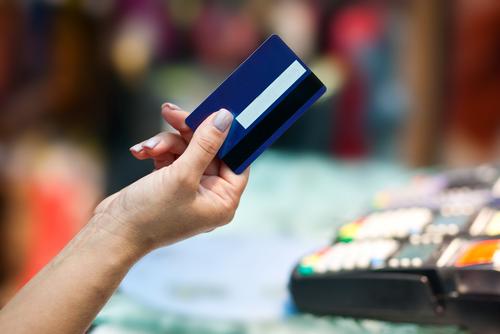PayPal Strides Ahead in Digital Wallet Space
Tech companies and pundits have emphasized the coming of the digital wallet, when consumers will have the ability to pay for items without cash or keeping credit-card numbers on-hand. Whether the Google Wallet mobile app, which lets users transact for goods and services via their smartphone, or PayPal’s digital wallet platform, those experts have been heralding seamless, real-time e-payments as the way of the future. But consumers don’t seem to be getting the message. Research firm comScore interviewed more than 2,000 Internet users in November 2012 and found that only 12 percent claimed to have a digital wallet other than PayPal. While 72 percent of those surveyed knew of PayPal (and 48 percent of them used it), only 41 percent had heard of Google Wallet—and only 8 percent used it. The numbers were similarly dire for other digital wallets. Some 13 percent of respondents were aware of MasterCard’s PayPass Wallet, and only 3 percent used it. Only 8 percent knew of Square Wallet or Visa’s V.me, respectively, and only 2 percent used either of those options. The percentages were even worse for ISIS, Lemon Wallet, or LevelUp. "Digital wallets represent an innovative technology that has not yet reached critical mass among consumers due to a variety of factors, including low awareness and a muddied understanding of their benefits," Andrea Jacobs, comScore’s Payments Practice Leader, wrote in a Feb. 4 statement. "This study delves deeply into the mindset of consumers with respect to their potential use of digital wallets, in addition to helping size the market opportunity,” she added. “The study also provides guidance on how digital wallet providers, marketers, developers and retailers can contribute to growing adoption of this technology." Specifically, those providers and other figures need to educate consumers more thoroughly about the digital wallet concept; they also need to explain the digital wallet’s security features, as well as the ability to “lock” it against unauthorized use. “There was a time when consumers were reluctant to use ATMs for similar reasons, and, today, look at how far we’ve come since the 1970s and 1980s," Jacobs wrote. "It would seem that the future is bright for digital wallets, but it will require deliberate execution of strategies such as sound marketing for this technology to realize its full potential.” PayPal can certainly take heart from those results. But for the rest of the growing digital-wallet industry, there’s clearly a lot of work to be done. Image: dean bertoncelj/Shutterstock.com



